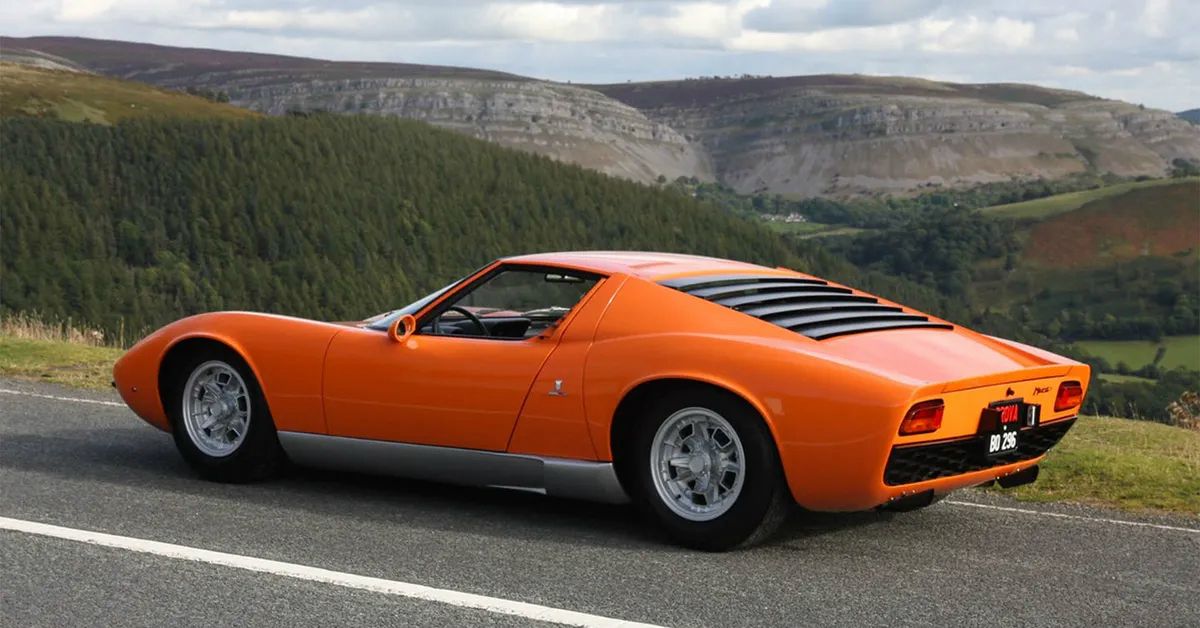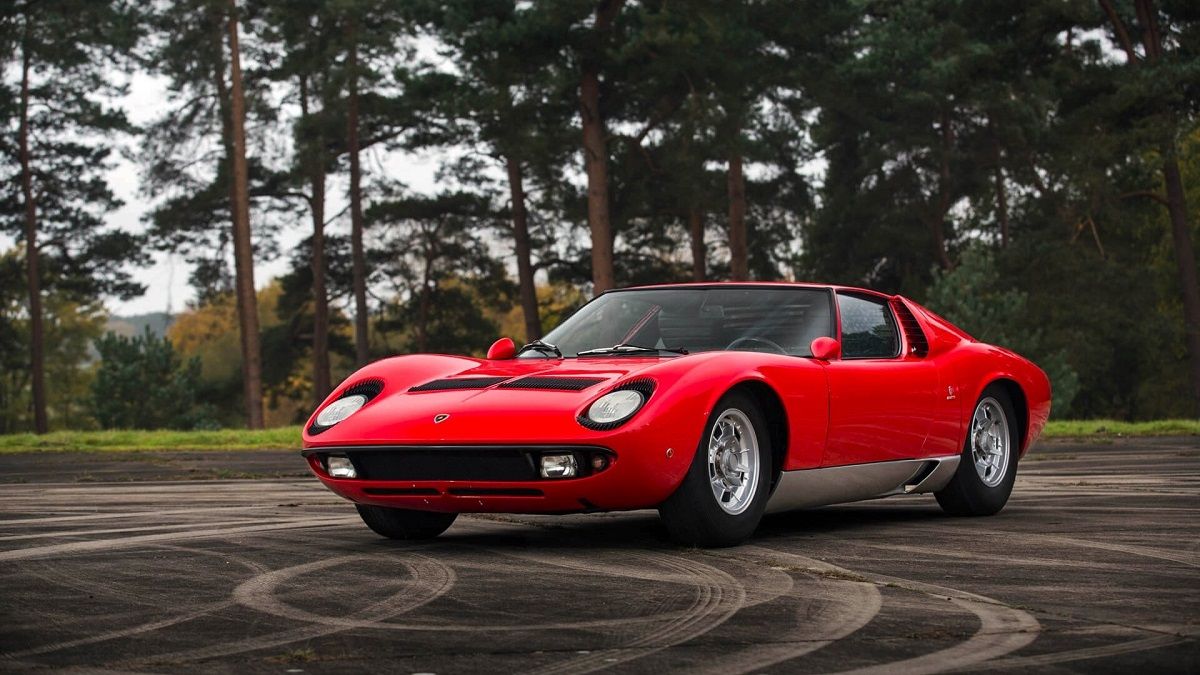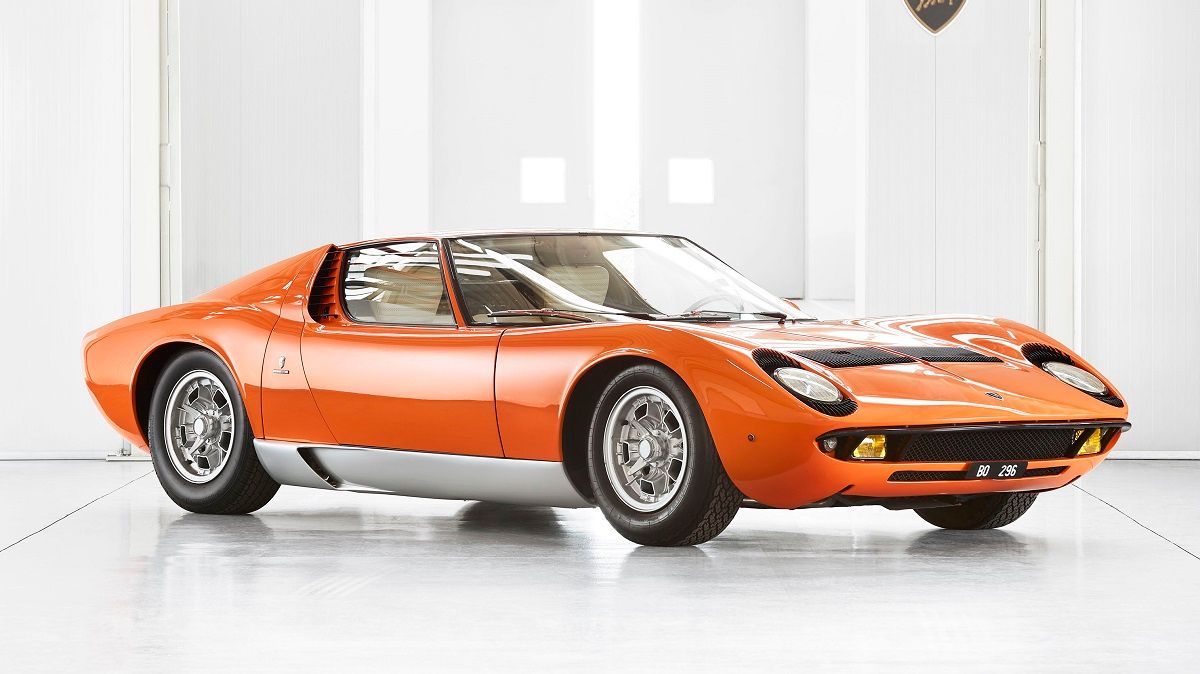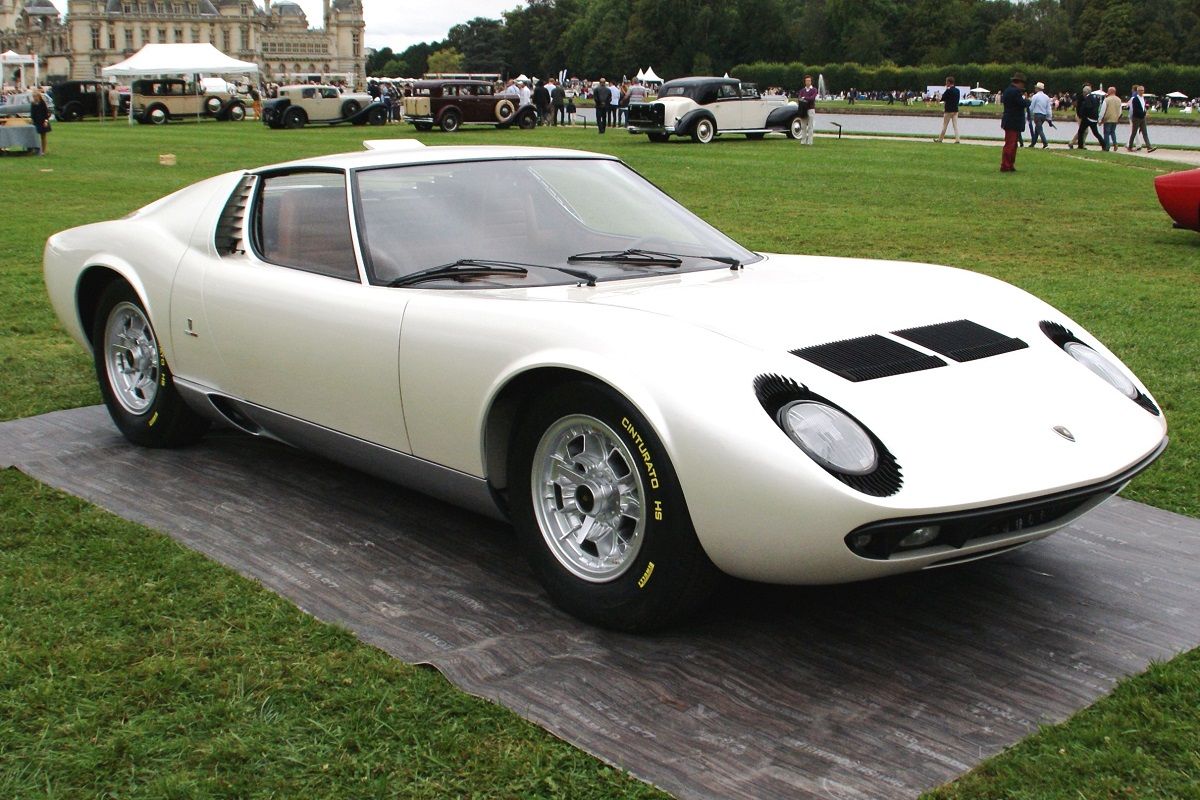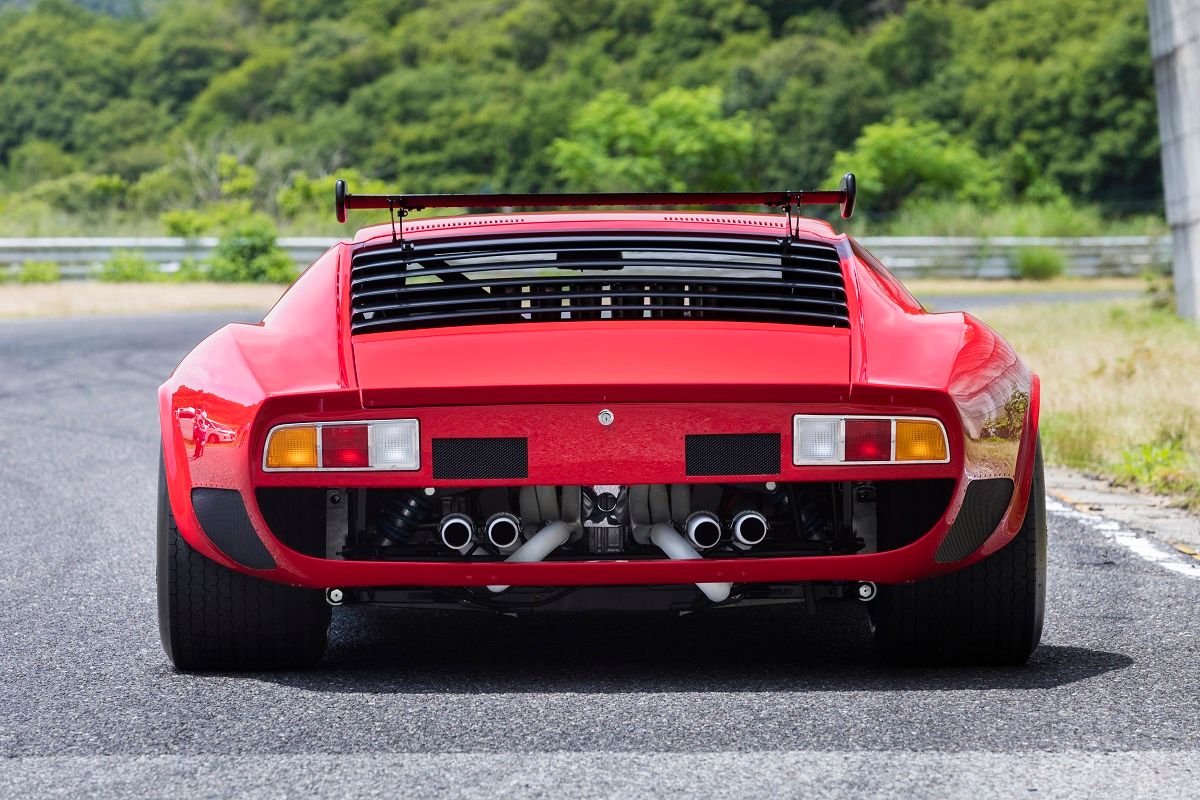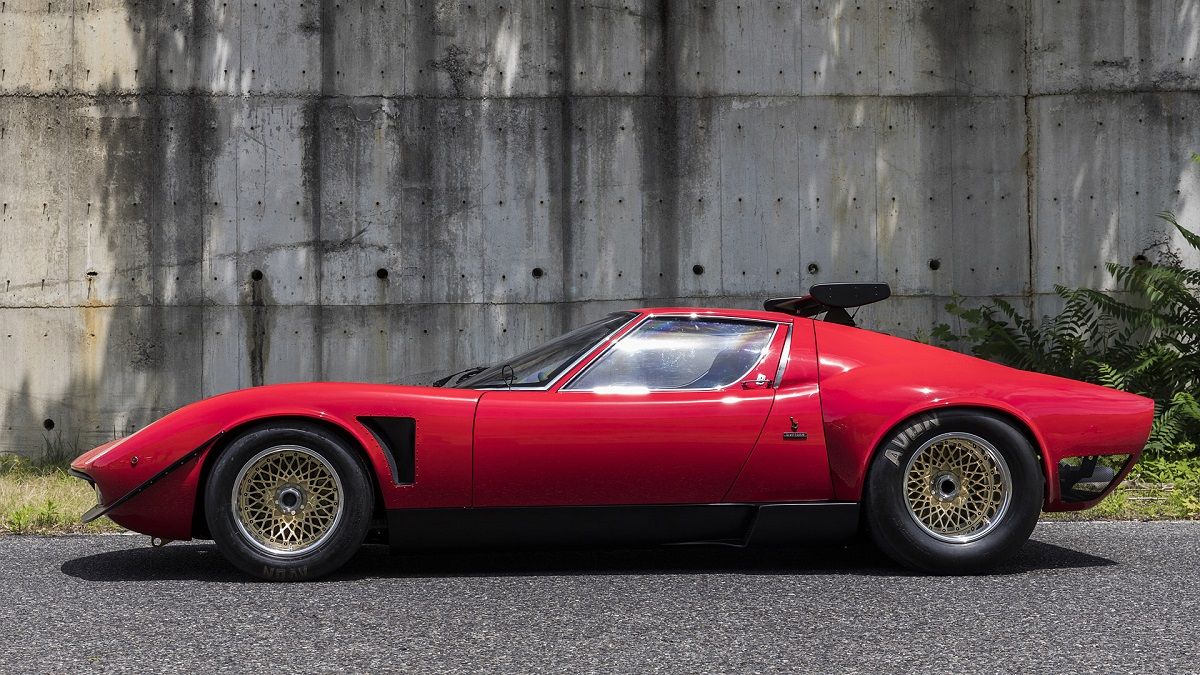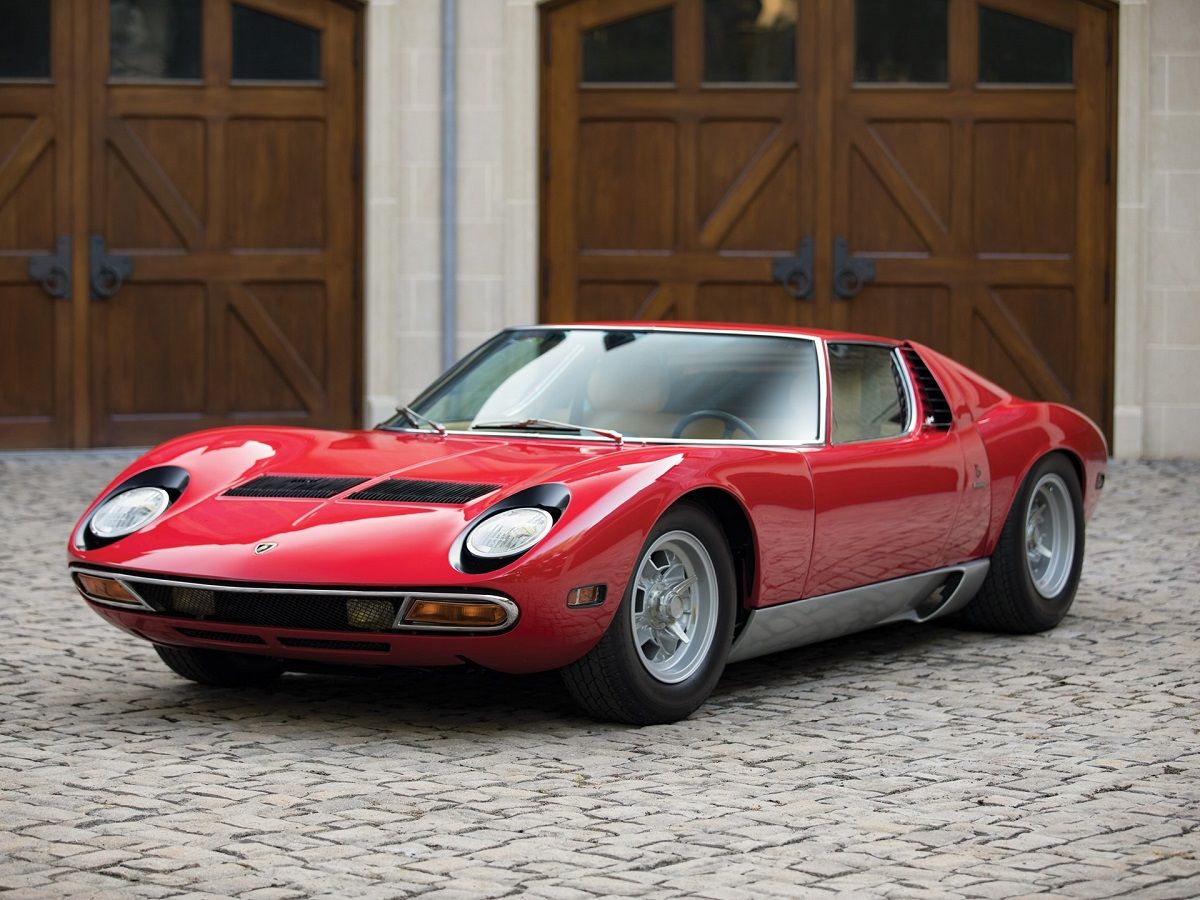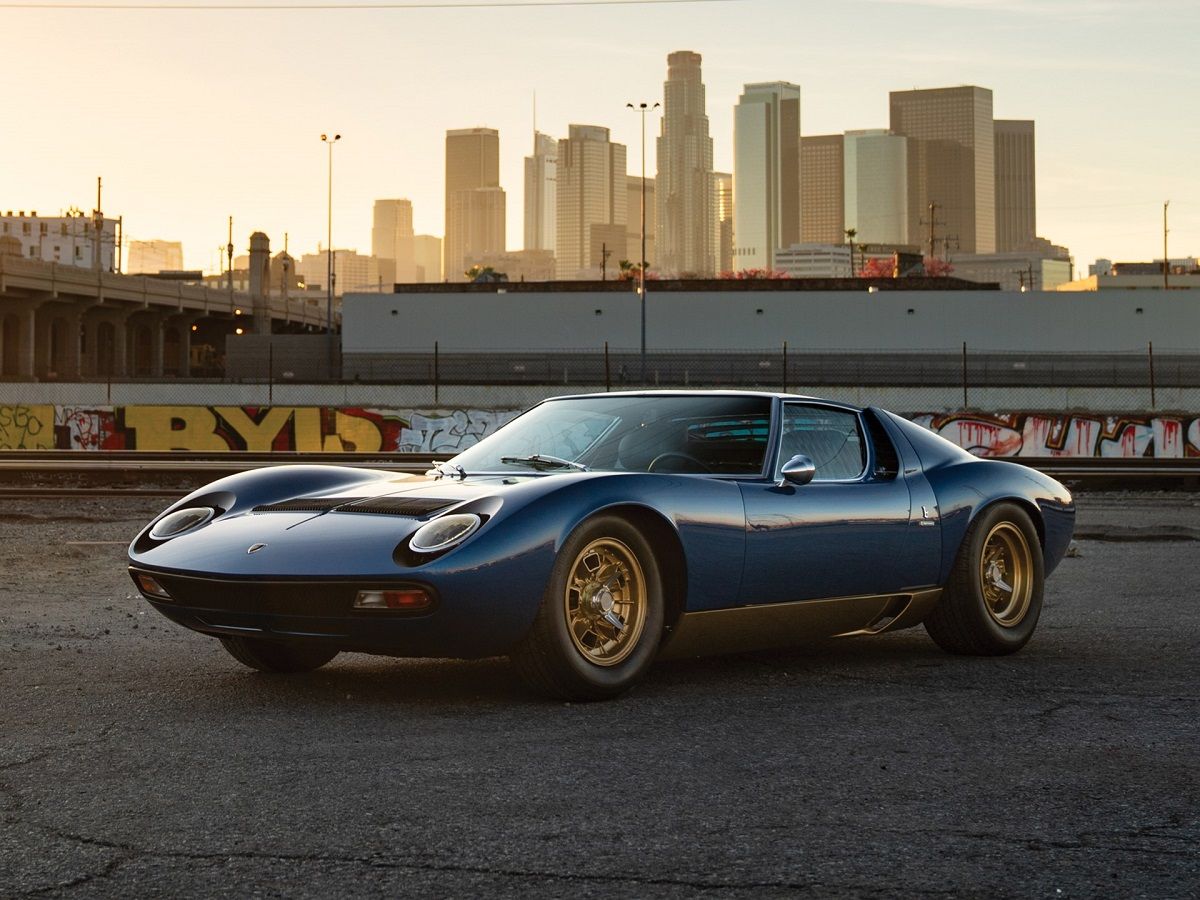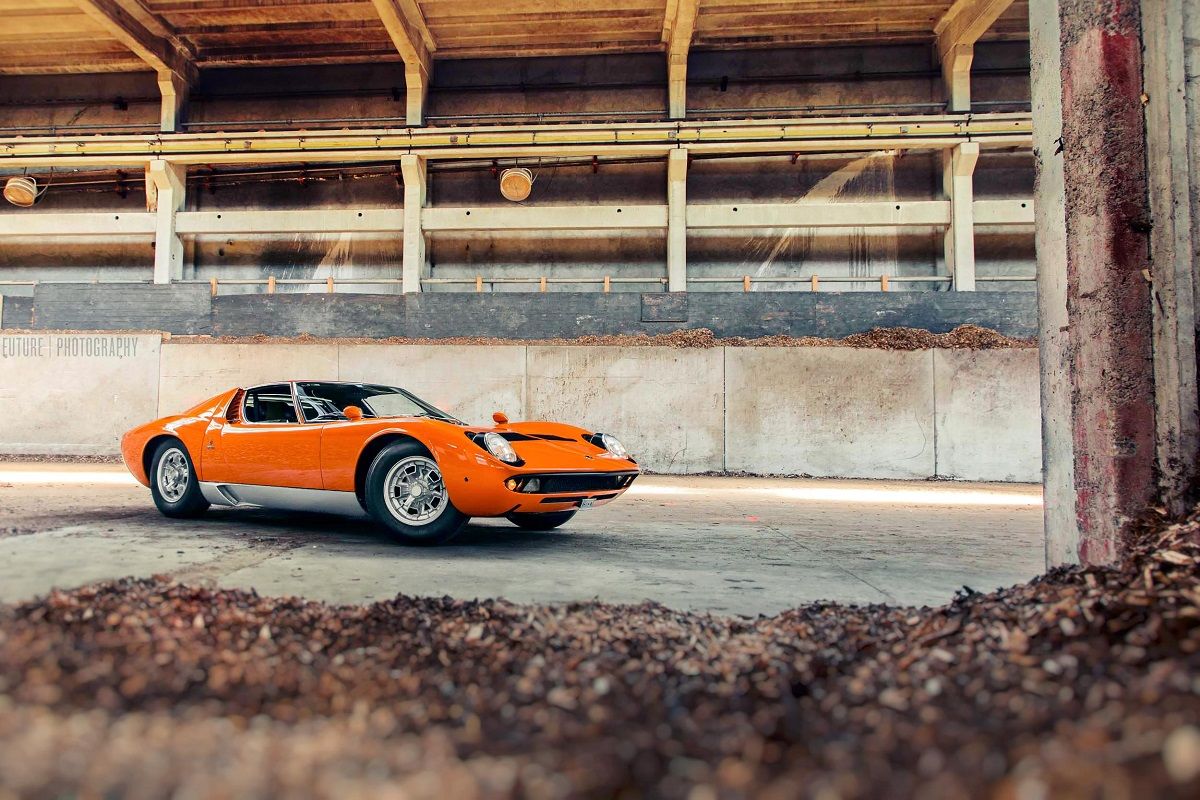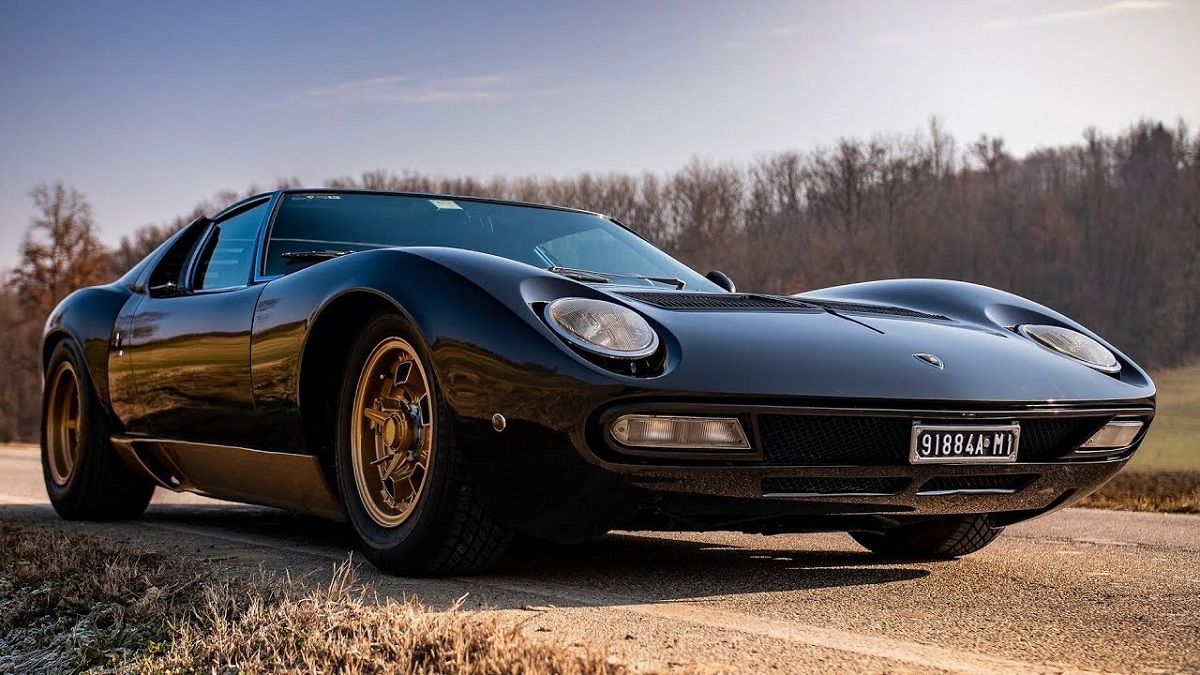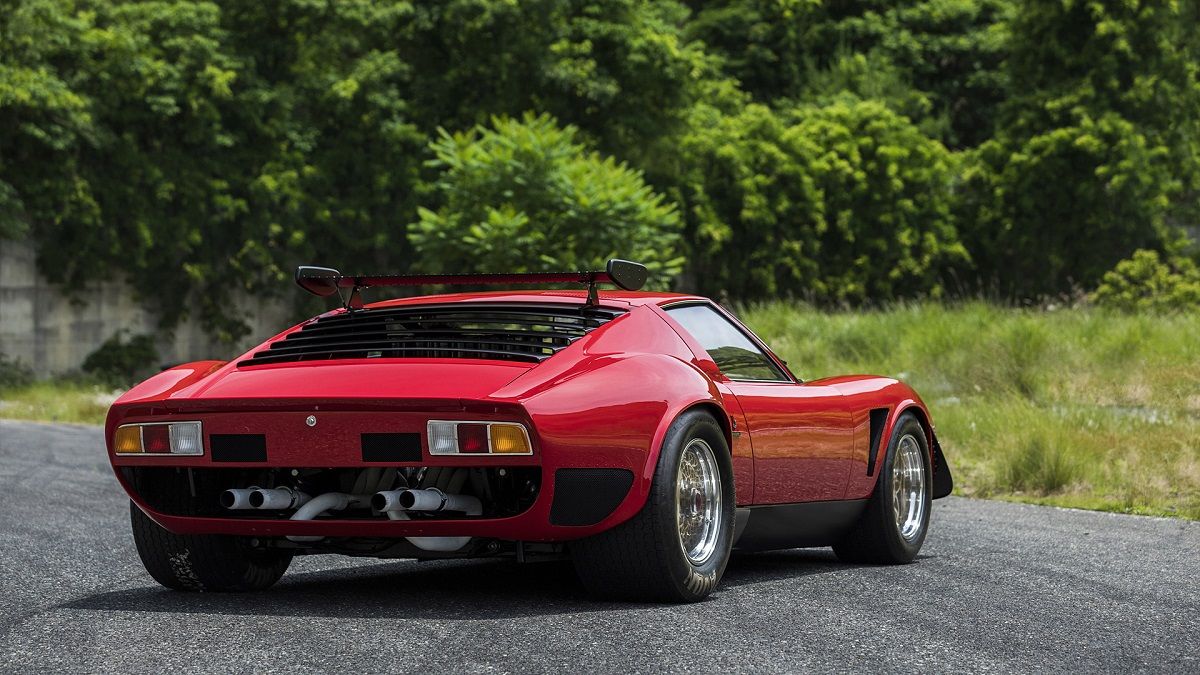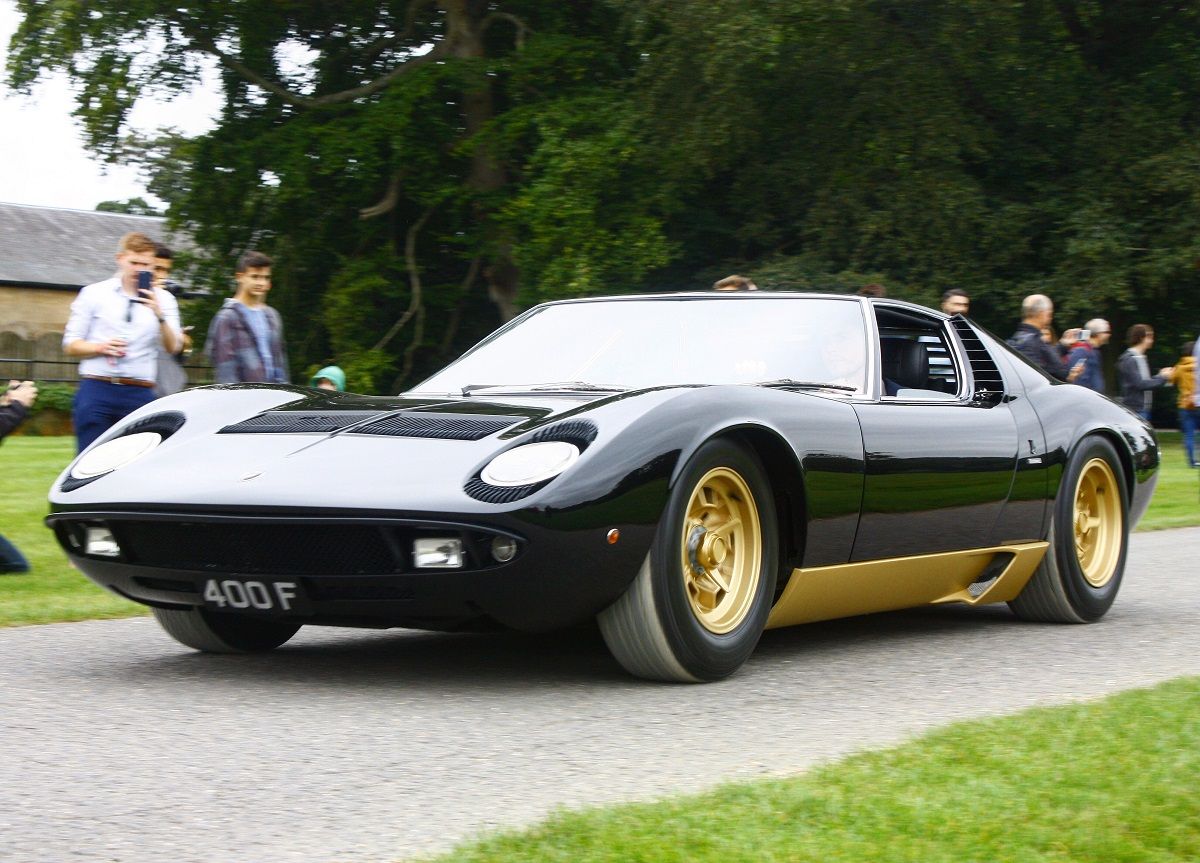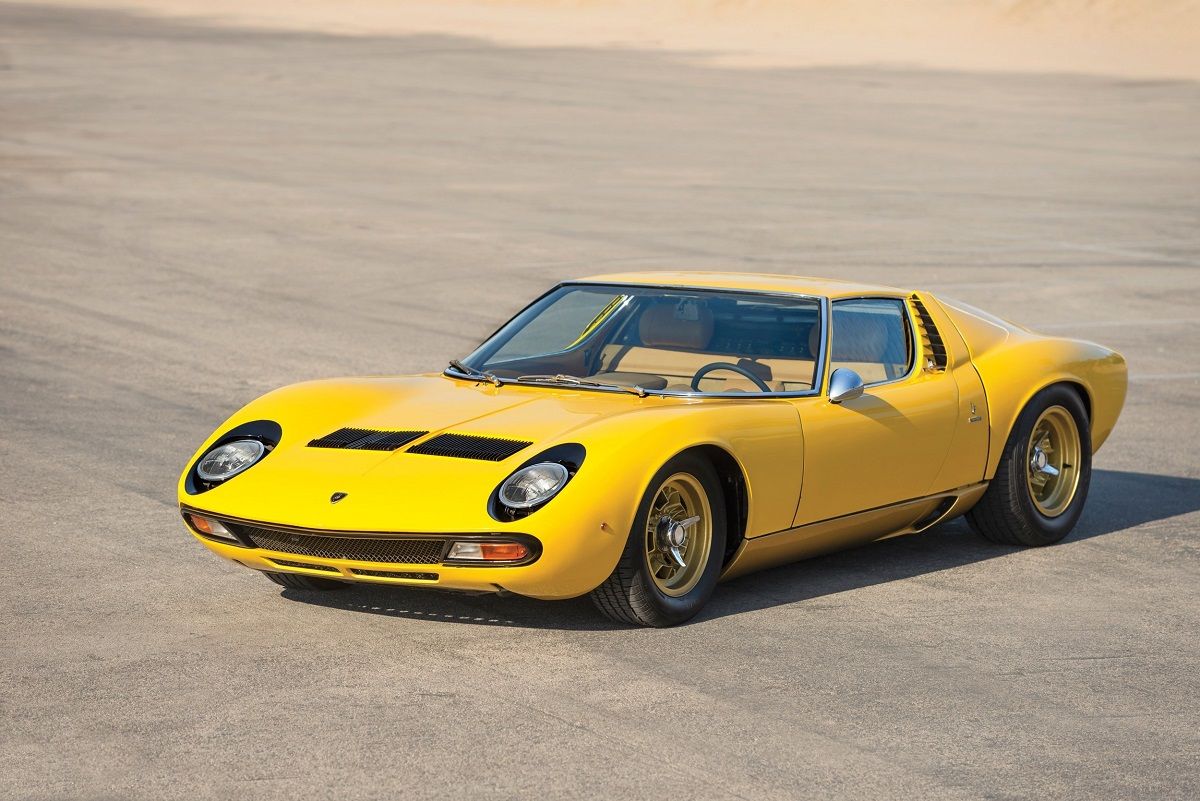Lamborghini Miata has set a trail of extraordinary innovation in sports cars. From technical mechanics to chassis and engineering, the Miura formulated a brand-new title for a street sports car. Dubbed as the world’s fastest road-legal production supercar at the time of its debut, the Miura instantly stole hearts around the world.
Apart from being an elite grade performer, Miura was the first supercar to install a rear mid-engine with a two-seat layout. The concept of rear mid-engine was originally introduced by René Bonnet in 1964 who delegated the design in his Matra Djet.
The Lamborghini Miura along with its ingenious elements and street style became a flag bearer of success for Lamborghini, who continued the car’s production until 1973. The audience bound to Miura’s stunning visuals still continues to reminisce about the supercar. Here are 15 photos that vividly recall the supercar’s epic period.
13 Only 764
During the period of its production between 1966 and 1973, Lamborghini successfully built a total of 764 Miura supercars, with many model variations. The prototype was developed under the nameplate P400. The nameplate progressed onwards as Miata continued to garner various acclamations. The P400 prototype was debuted at 1966 Geneva Motor Show.
12 The Best Of The Best
The Lamborghini Miura can be attributed to the creative team that conceived the idea and moreover continued to work on it despite the disfavor by the company’s founder Ferruccio Lamborghini. Three top engineers of Lamborghini Gian Paolo Dallara, Paolo Stanzani and Bob Wallace dedicated their labor into bringing the visionary supercar, Miura on the roads.
11 Proper Icon
Right after its debut, the Miura became a coveted model of supercars. The popularity wasn’t restricted to the public sphere. Miura was glorious and stunning and its fame was elevated by winning prestigious awards like Gran Turismo Trophy in 2008. It’s featured in several video games, and it even appears in rock band Van Halen’s song, Panama.
10 Flashy
The Lamborghini Miura, owing to its bustling fame, expanded its style and design by introducing the car models in a wide range of colors. Unlike other sports cars, that commonly sported either black, silver hues or fiery red colors, the Miura boldly experimented with funky colors from black to light greens and bright oranges.
9 Diverse Options
From its first prototype in 1966, the Lamborghini Miura now obtained a momentum where its productions never failed to impress. Many variations throughout its manufacturing period were produced. These were P400S, P400SV, P400 Jota, P400 SV/J, and Roadster. A show car SVJ Spider was a modification of the former Miura S.
8 Trendsetter!
The Miura was not only a phenomenal supercar, but it was a trendsetter - that’s why it’s hard to erase its impact. It was built outside of the normative sports car framework of that time. Incorporating a rear mid-engine into a two-seat layout, the design has since become a standard for supercars and hypercars.
7 Genius Design
Designed by Italian car designer, Marcello Gandini at Bertone, the Miura was undoubtedly fashioned for the streets, adding the rough tones while still keeping a subtle look of luxury. A raised bumper hood, with round or oval-shaped headlights grazing the top of the hood, and a laidback interior separated the supercar from its coupe opponents.
6 The Original Supercar
Holding the title of a supercar, the Lamborghini Miura was ravishing on the streets. It was originally crafted under the notion of a road car that offered sports car performance. Miura weighed only 2,848 pounds and the wheelbase was of 98.4 inches. Meanwhile the overall length, width and height measured at 171.7, 69.3 and 41.3 inches respectively.
5 Powerful Engine!
The core engine that continued throughout the production series was a powerful 3929 cc V12 engine borrowed from Lamborghini’s 400GT. The V12 engine was transversely mounted just in the front of the rear wheels. This layout became a rare achievement for Lamborghini while many supercars today emulate the design for high-level performance.
4 V12 Power
The engine received a few subtle modifications over the years. The V12 produced 345 horsepower at 7000 rpm in its P400 spec, while in later versions, the P400S and P400SV, Lambo managed to squeeze out 365hp and 380hp at 7700 and 7850 rpm respectively.
3 Never Going Out Of Demand!
Inside the supercar, a five-speed manual transmission gearbox was fitted. It operated smoothly giving maximum control to the driver. The torque varied in the different versions produced over the years. The original P400 had a torque of 262 lb-ft at 5000 rpm while the maximum torque seen in a Miura was 295 lb-ft at 5750 rpm in the P400 SV.
2 Brilliant Suspension
The front and rear suspension was equipped with coil springs and stabilizing bars provide flexibility during high-speed drives. Coil spring efficiently manages the bulk weight of the car while the stabilizing bars maintain the balance of the car during hard cornering. They work in conjunction to minimize the shock experienced by the car.
1 Incredible Performance!
The Lamborghini Miura’s performance made it the ultimate choice for a complete luxury sports car. With a top speed of 276 km/h, Miura could accelerate from 0 to 60 mph in 6.7 seconds. With an athletic speed and control, the Miura became a predecessor to many Lamborghini supercars.

